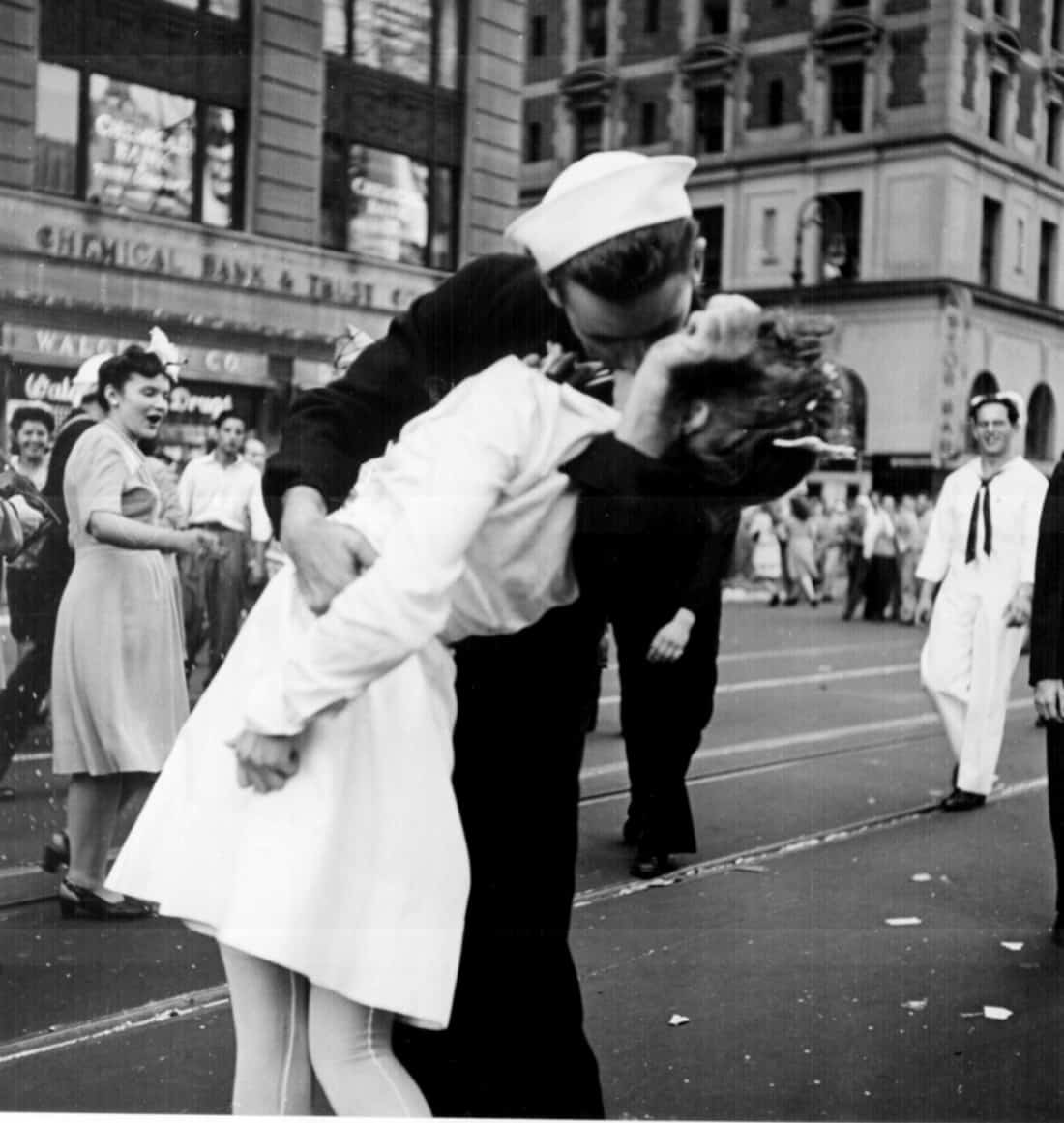See This Report about Framing Streets
Table of ContentsSome Known Incorrect Statements About Framing Streets Everything about Framing StreetsUnknown Facts About Framing StreetsFraming Streets Can Be Fun For EveryoneUnknown Facts About Framing StreetsThe 3-Minute Rule for Framing Streets
Photography style "Crufts Canine Show 1968" by Tony Ray-Jones Road digital photography (likewise occasionally called candid photography) is digital photography carried out for art or query that includes unmediated opportunity experiences and arbitrary events within public places, normally with the aim of recording pictures at a decisive or poignant moment by careful framework and timing. 
Subsequently his boots and legs were well specified, yet he lacks body or head, since these remained in motion." Charles Ngre, waterseller Charles Ngre. https://www.mixcloud.com/framingstreets1/ was the initial digital photographer to achieve the technological class called for to register people in motion on the road in Paris in 1851. Professional Photographer John Thomson, a Scotsman collaborating with reporter and social activist Adolphe Smith, released Road Life in London in twelve regular monthly installations starting in February 1877
About Framing Streets
Eugene Atget is considered a progenitor, not since he was the very first of his kind, however as a result of the popularisation in the late 1920s of his record of Parisian streets by Berenice Abbott, who was motivated to take on a comparable paperwork of New York City. [] As the city created, Atget aided to advertise Parisian roads as a deserving subject for photography.

Framing Streets Can Be Fun For Everyone
Martin is the first tape-recorded professional photographer to do so in London with a masked electronic camera. Mass-Observation was a social study organisation established in 1937 which intended to tape check this daily life in Britain and to tape-record the responses of the 'man-in-the-street' to King Edward VIII's abdication in 1936 to wed separation Wallis Simpson, and the succession of George VI. The chief Mass-Observationists were anthropologist Tom Harrisson in Bolton and poet Charles Madge in London, and their very first record was generated as the publication "May the Twelfth: Mass-Observation Day-Surveys 1937 by over 2 hundred observers" [] Home window cleaner at Kottbusser Tor, Berlin, by Elsa Thiemann c. 1946 The post-war French Humanist Institution digital photographers discovered their topics on the road or in the diner. Andre Kertesz.'s widely appreciated Images la Sauvette (1952) (the English-language version was labelled The Crucial Minute) advertised the idea of taking a photo at what he labelled the "crucial moment"; "when form and material, vision and make-up combined right into a transcendent whole" - sony a7iv.
Framing Streets Fundamentals Explained
The recording equipment was 'a surprise camera', a 35 mm Contax hidden underneath his coat, that was 'strapped to the breast and connected to a long cord strung down the ideal sleeve'. However, his work had little contemporary impact as as a result of Evans' level of sensitivities concerning the creativity of his job and the personal privacy of his topics, it was not published till 1966, in guide Several Are Called, with an intro written by James Agee in 1940.
Helen Levitt, then a teacher of young children, linked with Evans in 193839. She documented the temporal chalk illustrations - sony a9iii that were part of youngsters's road society in New York at the time, in addition to the kids who made them. In July 1939, Mo, MA's brand-new photography section included Levitt's job in its inaugural exhibitionRobert Frank's 1958 book,, was considerable; raw and frequently out of focus, Frank's images questioned conventional digital photography of the time, "challenged all the formal regulations set by Henri Cartier-Bresson and Walker Evans" and "flew in the face of the wholesome pictorialism and heartfelt photojournalism of American publications like LIFE and Time".